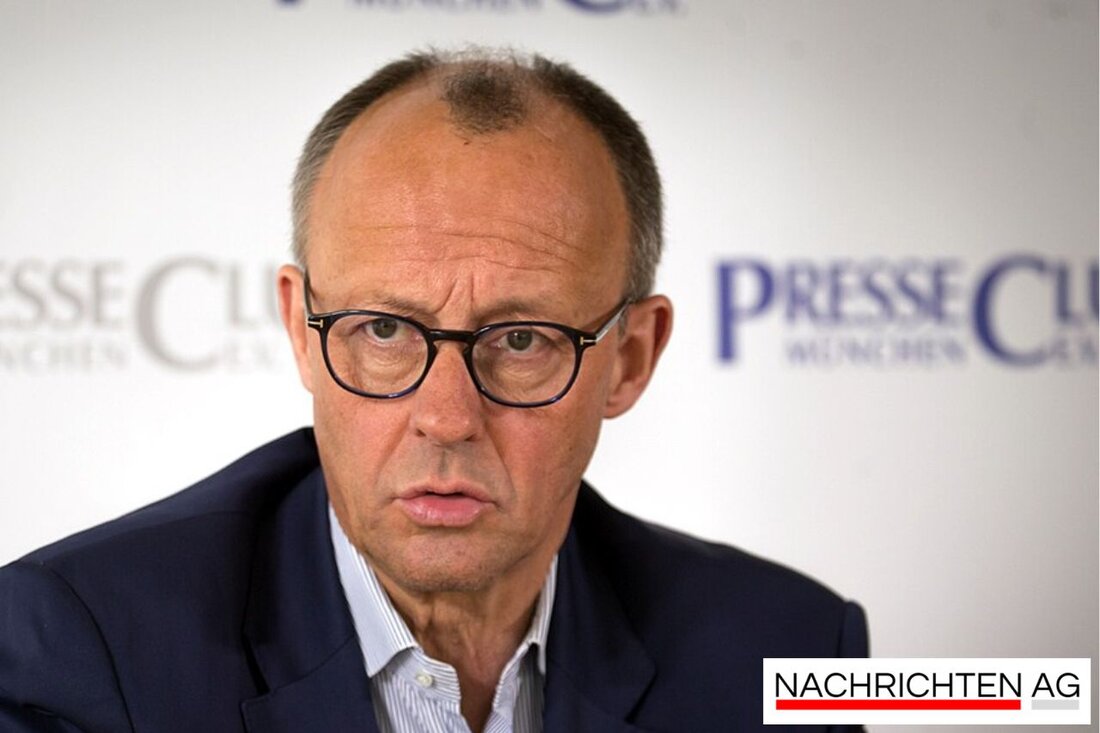Germany starts with a high-tech agenda for innovative departure!
The High-Tech Agenda Germany aims to promote key technologies in order to strengthen innovative strength and competitiveness.

Germany starts with a high-tech agenda for innovative departure!
The kick-off event for the Hightech Agenda Germany (HTAD) took place in Berlin on October 30, 2025, bringing together around 800 representatives from science, business and politics. The federal government presented the agenda in the middle of the year, which is to be implemented throughout the entire legislative period and beyond. The aim of the HTAD is to catapult Germany back to the forefront of the technological world and to strengthen technological sovereignty. As BMFTR reports, the agenda focuses on six key technologies: artificial intelligence, quantum technologies, microelectronics, biotechnology, fusion as well as climate-neutral energy production and technologies for climate-neutral mobility.
At the opening, Federal Research Minister Dorothee Bär emphasized the important role of research in value creation. In her speech, she emphasized that Germany urgently needs to put research into practice more quickly. Chancellor Friedrich Merz also joined this call and spoke of the need to strengthen Germany as a location for innovation. The HTAD was celebrated as the starting point for a new innovation offensive with the aim of making Germany a magnet for talent, capital and high-tech companies.
The main focuses of the HTAD
The High-Tech Agenda pursues a comprehensive realignment of research, technology and innovation policy. Targeted investments in the key technologies mentioned are intended to increase economic strength and create new jobs. According to the federal government, the agenda also includes strategic research fields in aerospace, health research, security and defense research as well as in the humanities and social sciences, as Federal Government states.
A key measure to strengthen Germany as a leading semiconductor location in Europe is the microelectronics strategy. The focus is also on an action plan for fusion research, which aims to build the first fusion power plant in Germany in the coming years, supported by over two billion euros by 2029. This shows that the agenda includes not only nice words, but also substantial measures to restart the innovation culture in Germany.
An exchange of ideas
The exchange between science, business, politics and civil society is of central importance for the HTAD. The central future areas were discussed intensively in six parallel breakout sessions. This was about innovative instruments and political framework conditions that should continue to position Germany as a leading innovation location. The desire for a smooth transfer of research achievements to industry and the reduction of bureaucratic hurdles for start-ups are also on the agenda.
The positive outcome of the event suggests a spirit of optimism. Germany is faced with the task of mastering the opportunities and challenges of the technology market and asserting itself as a pioneer in the global innovation landscape. According to BMFTR, the HTAD could provide the decisive impetus to sustainably increase the competitiveness of the German economy.
Off to new shores! With this agenda, Germany could be well on its way to re-establishing itself as a leading location for new technologies and demonstrating a good hand for the future of innovation.

 Suche
Suche
 Mein Konto
Mein Konto